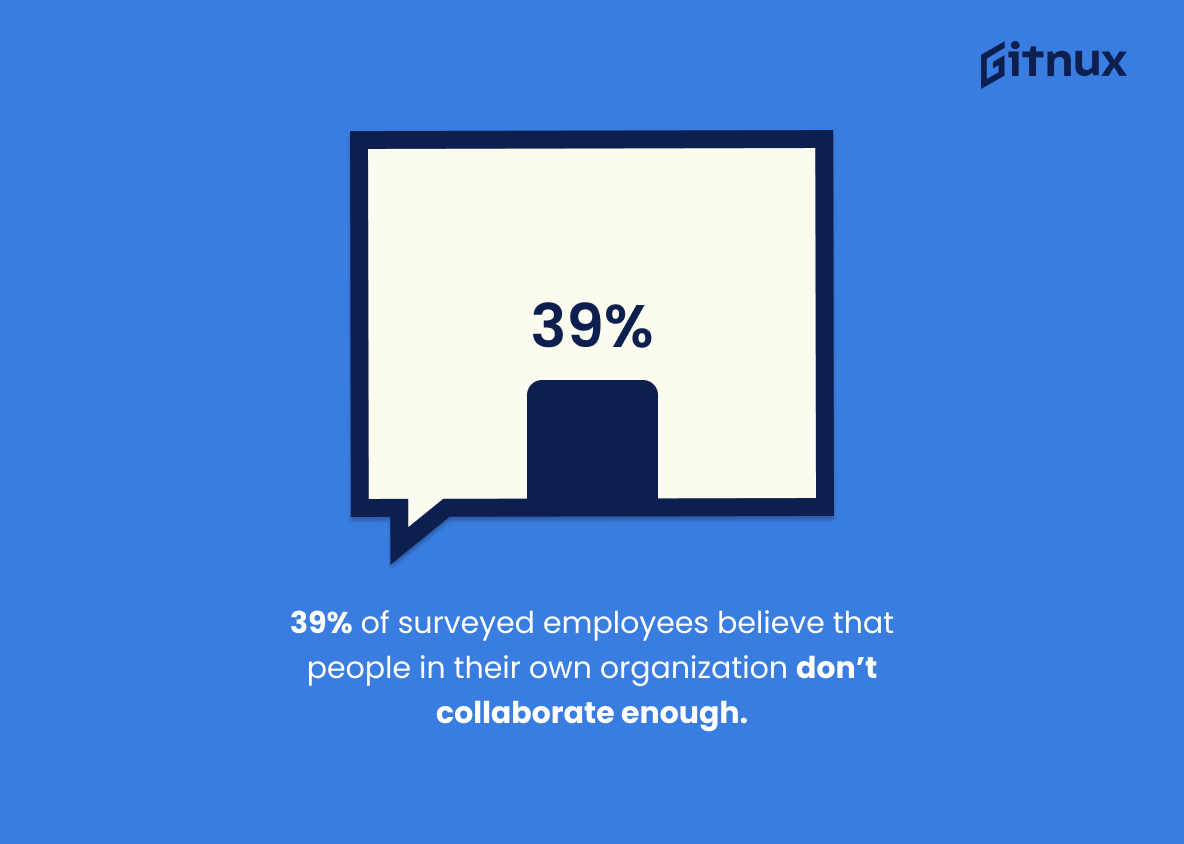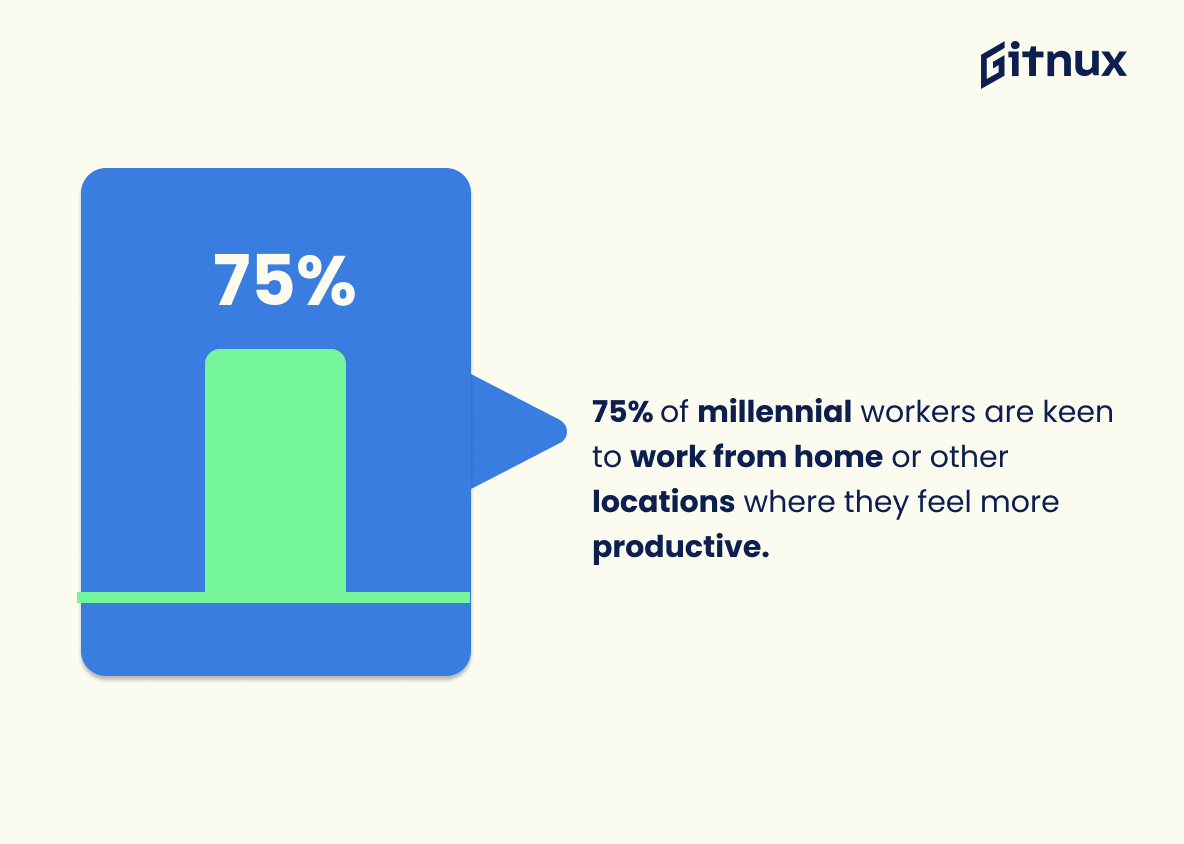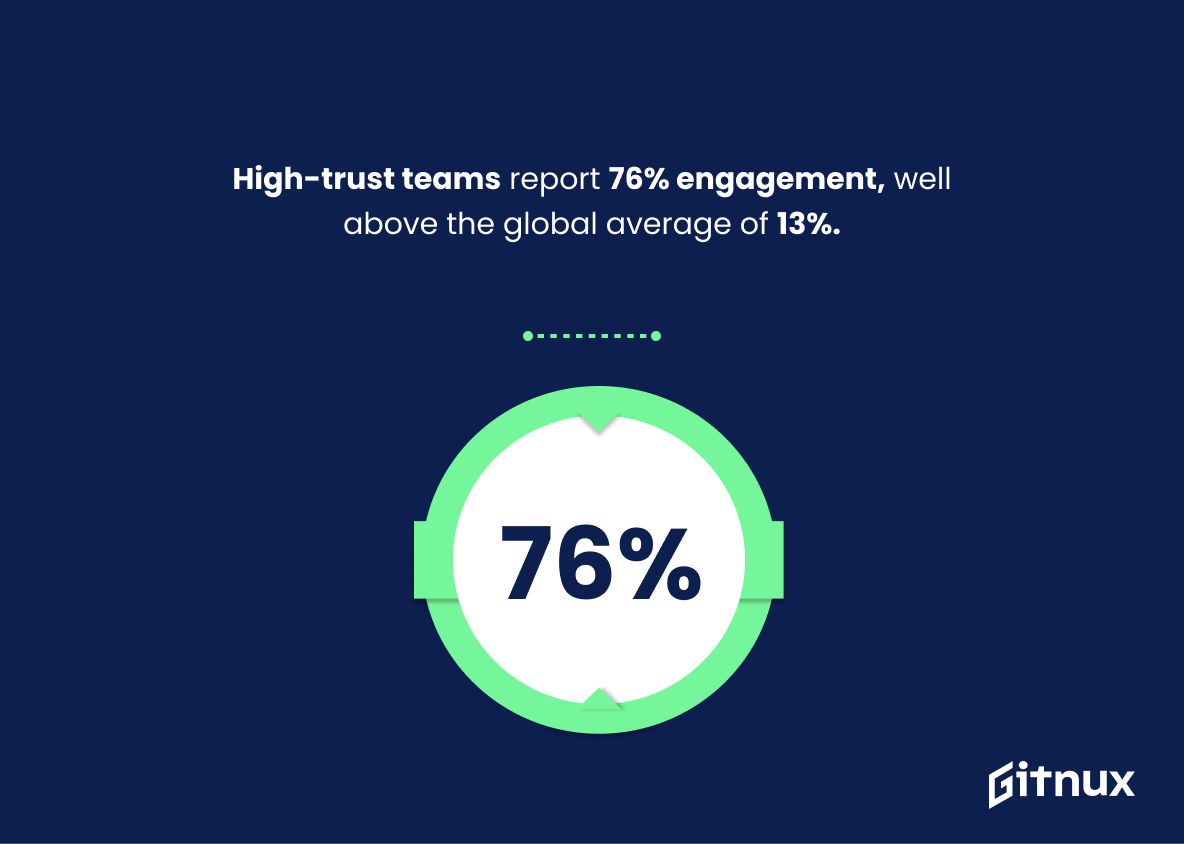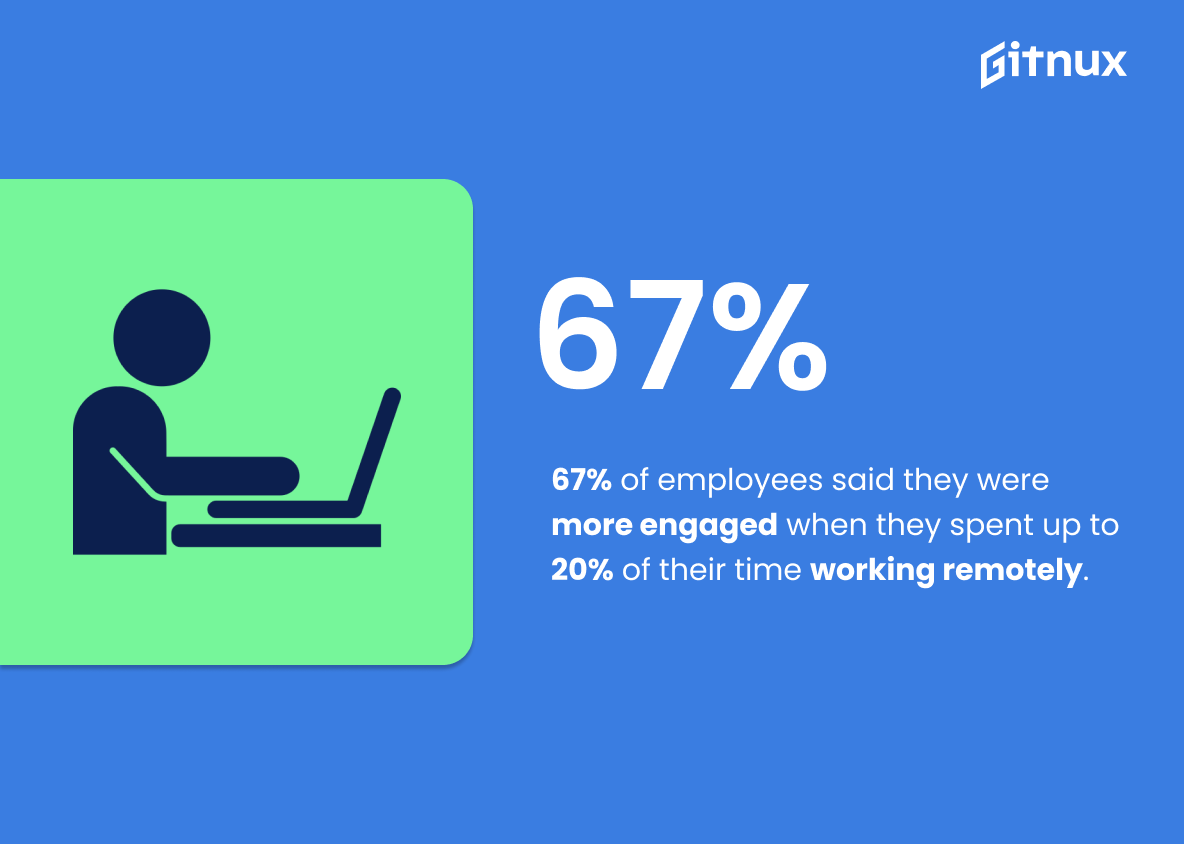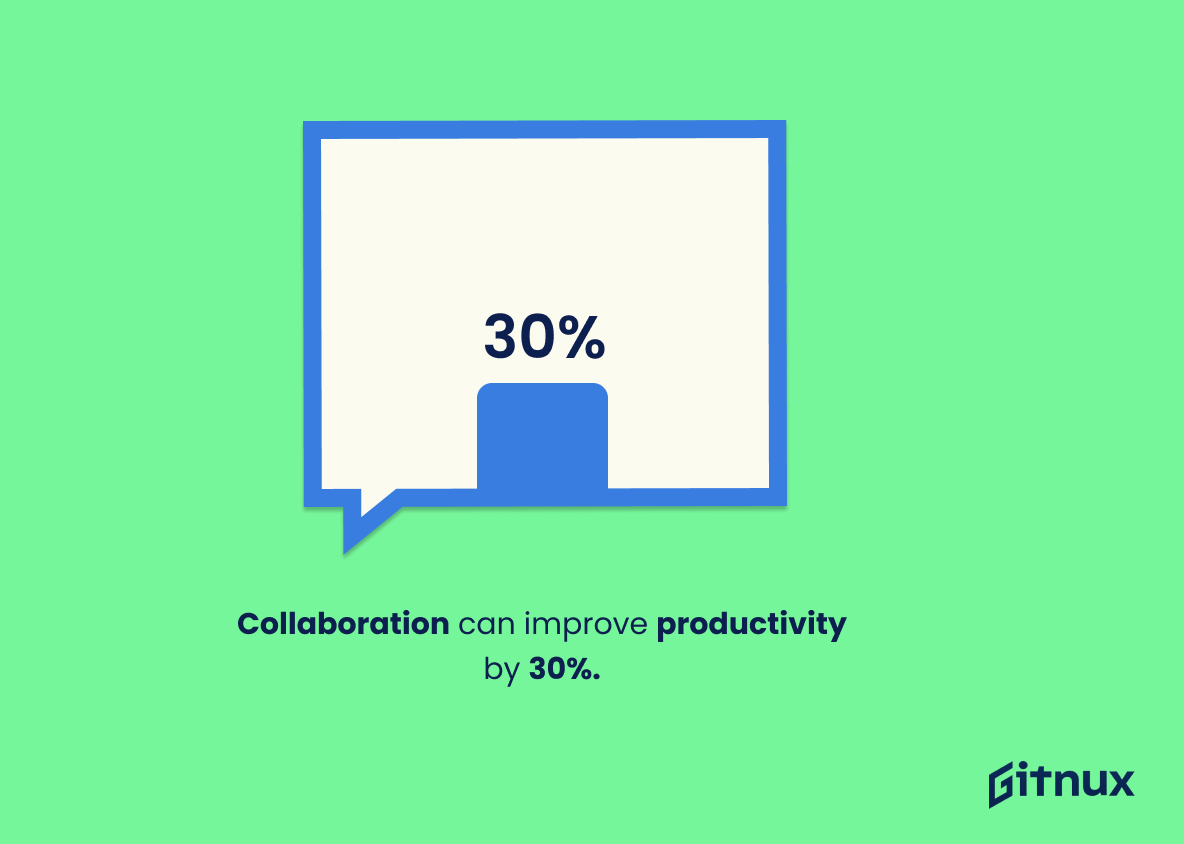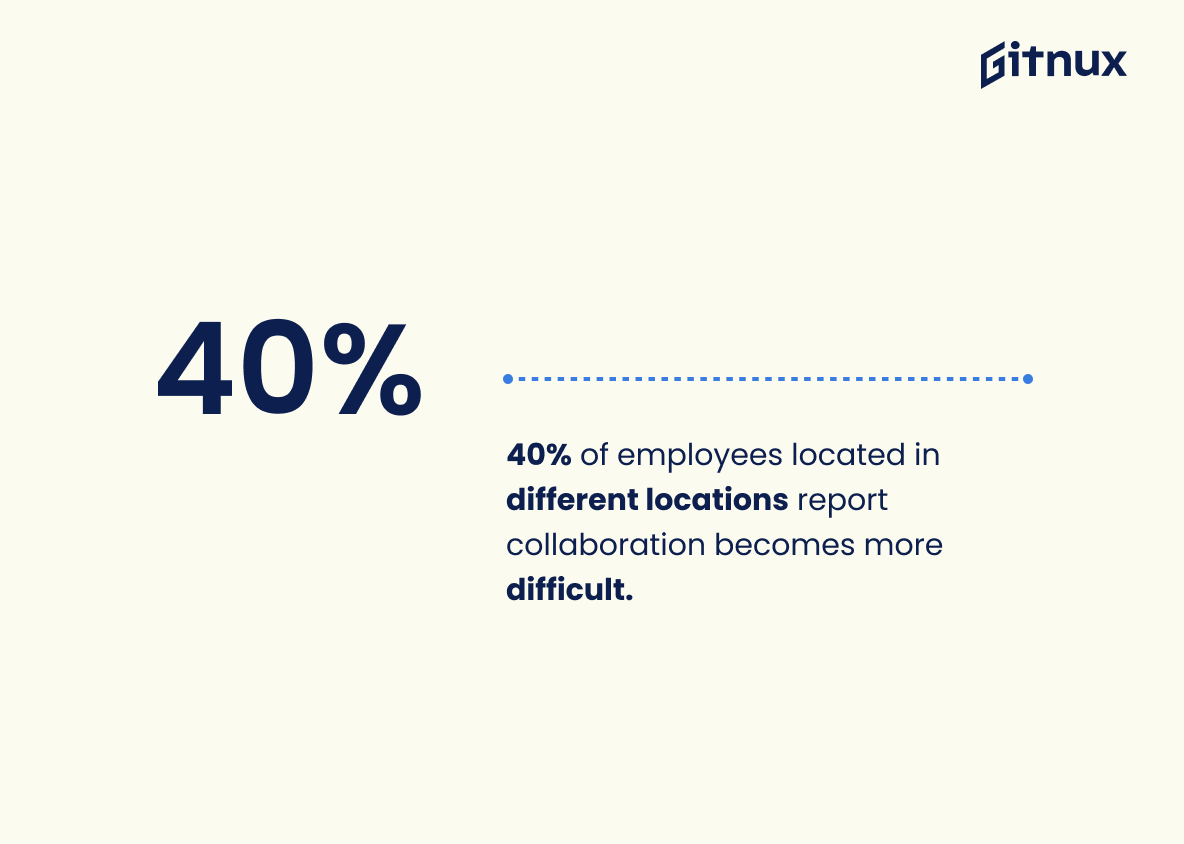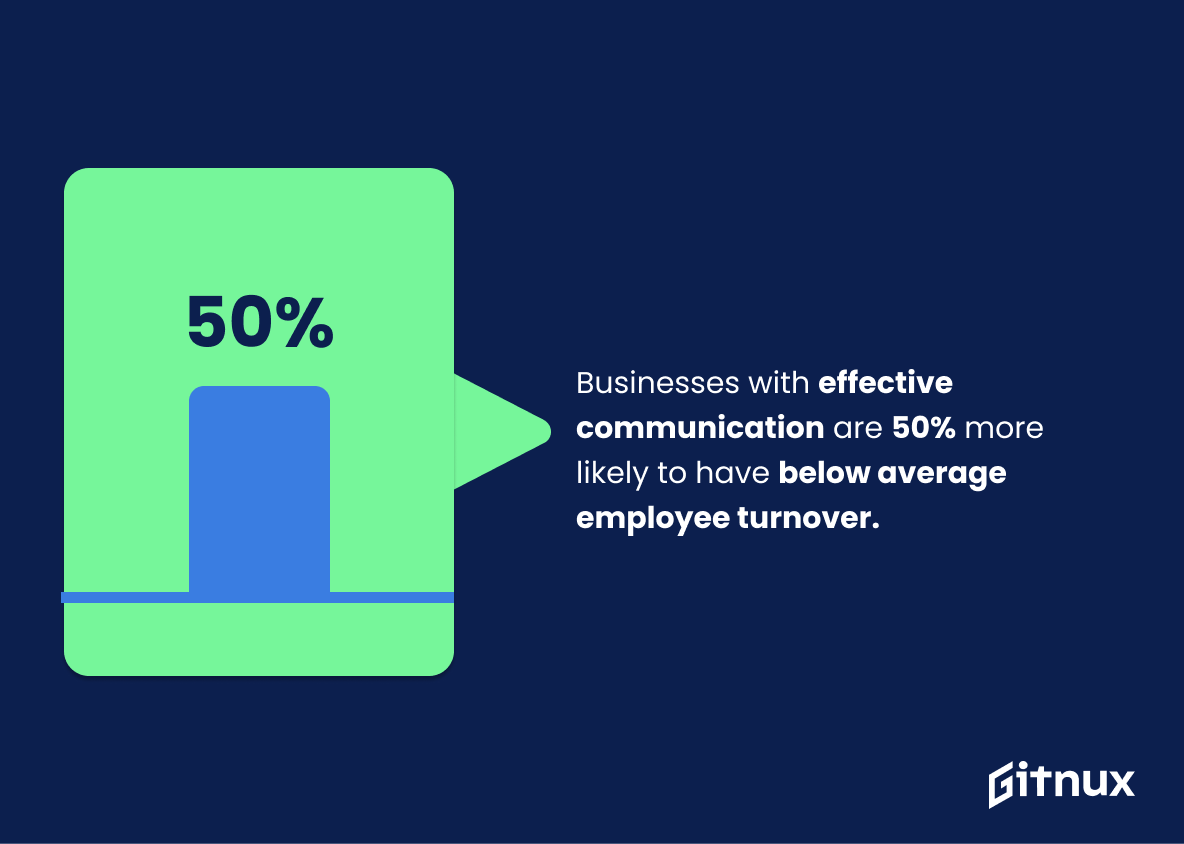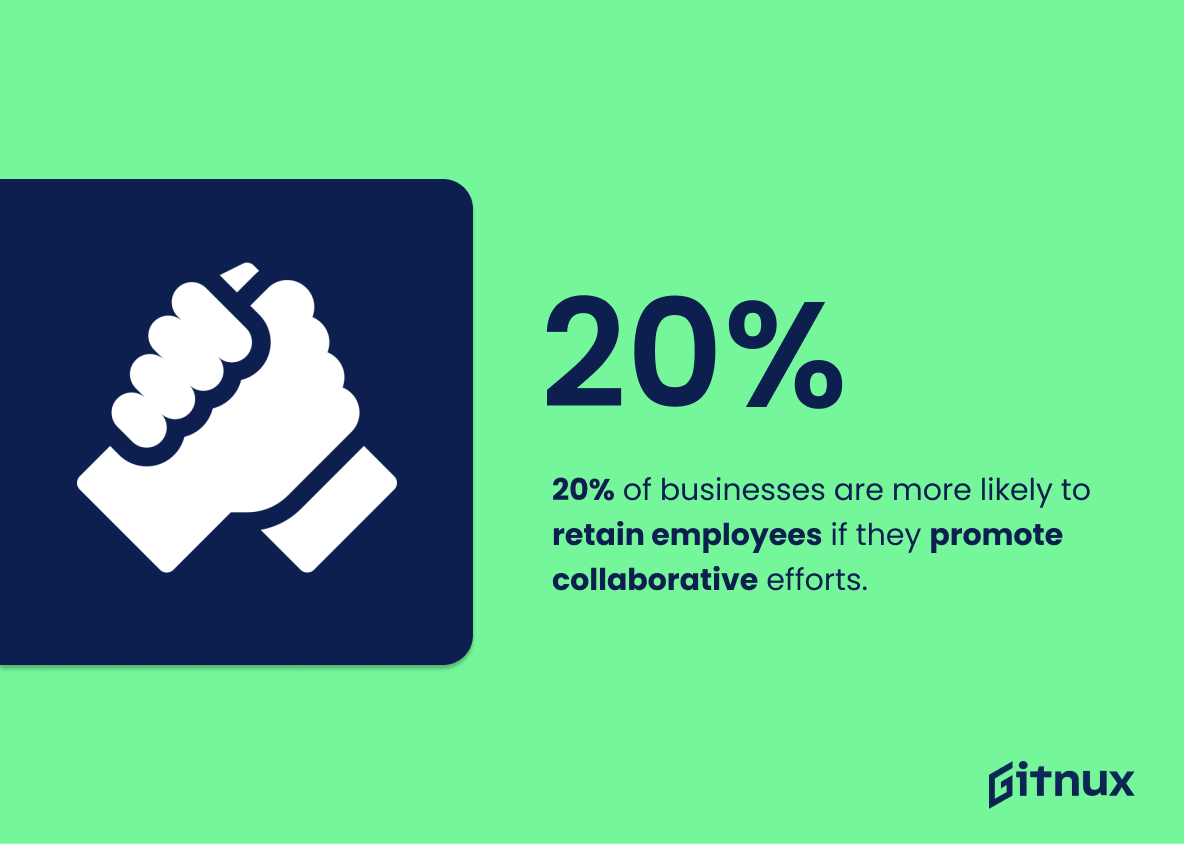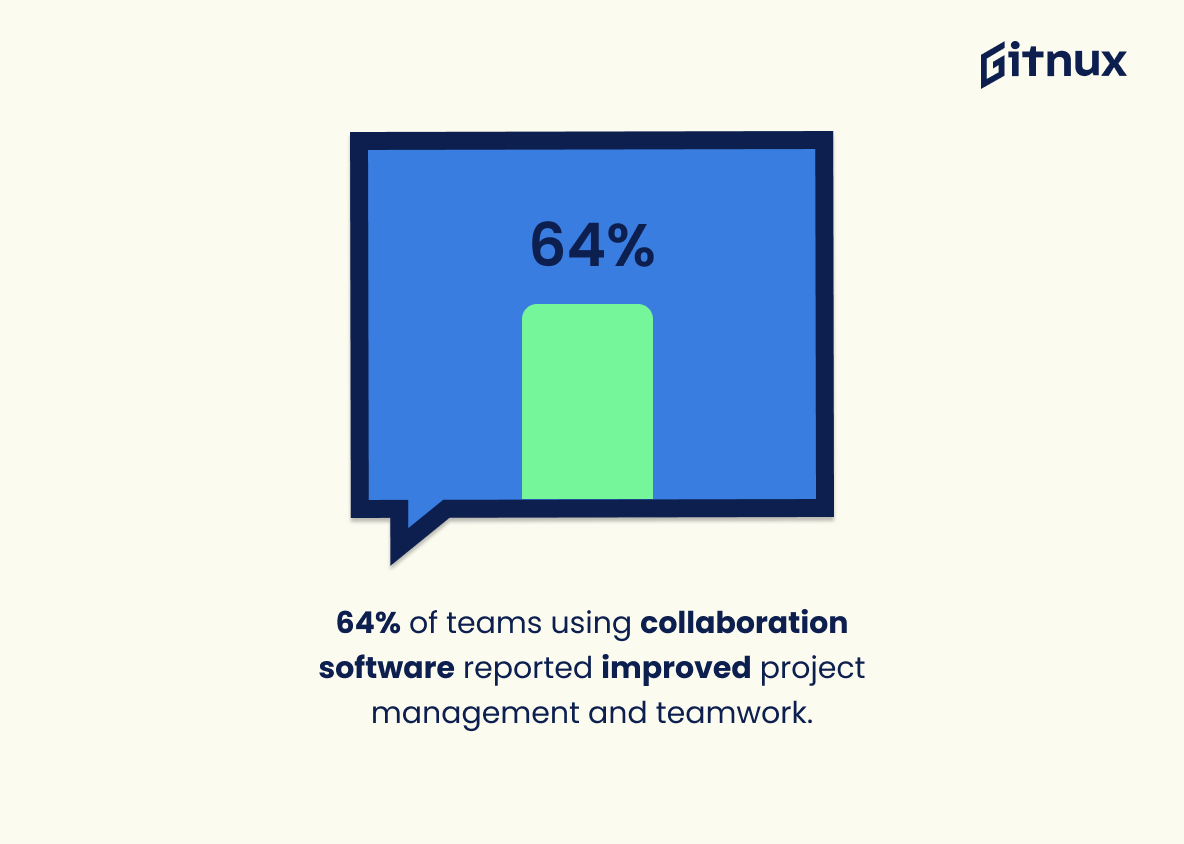Teamwork is vital in today’s business world. It’s a cornerstone of organizational success. To harness its power, one must understand the statistics behind it. This post offers insights into teamwork’s influence on productivity, employee satisfaction, and a company’s bottom line.
Dive into these significant numbers that underscore the pivotal role of teamwork in business. Let’s take a closer look at the most important statistics about teamwork.
The Latest Teamwork Statistics
86% of employees cite lack of collaboration or ineffective communication for workplace failures.
The statistic ‘86% of employees identify lack of collaboration or ineffective communication as causes for workplace failures’ is a poignant revelation in the realm of teamwork statistics. This statistic paints a clear picture that stresses the vitality of unity and open dialogue within teams.
As we delve into the significance of teamwork, this figure becomes a lighthouse, guiding us towards a deeper understanding of how harmonious collaboration and effective communication act as lifeboats, saving corporate ventures from sinking into the sea of failure. It underlines the dire consequences that can spring out of teams not functioning in sync, making it an intriguing benchmark highlighting the pivotal role teamwork plays in the professional landscape.
39% of surveyed employees believe that people in their own organization don’t collaborate enough.
At the heart of any successful organization lies the pivotal element of collaboration. However, when examining our most recent statistics, we unearth a rather intriguing insight. A considerable 39% of employees from diverse industries have reportedly voiced a concern about insufficient collaboration within their own organizations. This highlights a crucial element upon which the spotlight should be focused in the discourse of teamwork.
In an age where ‘teamwork makes the dream work’ has become a mantra across the corporate world, this statistic serves as a sobering reminder that there is a sizeable gap between aspiration and reality. Such a revelation not only underlines the need for a renewed focus on fostering a culture of collaboration but also makes a compelling case for the implementation of strategies designed to augment teamwork in organizations.
This figure sets the stage for the blog post about Teamwork Statistics as it unravels the nuance of the situation in the corporate world and paves the way forward for discussions on solutions, strategies, and potential repercussions of lack of collaboration. Ultimately, it acts as a springboard for a deeper dive into the realm of teamwork and collaboration in organizations.
Companies promoting collaborative working are 5 times as likely to be high performing.
Let’s take a journey into the heart of corporate performance. Like a team of climbers scaling a challenging summit, organizations pushing for collaborative work environments are effectively arming their personnel with the metaphorical ropes, picks, and harnesses of peak productivity.
Does this make a difference? The figures shout a resounding yes. Those championing collaboration are catapulted into a realm of high performance, outstripping their opponents by an astounding factor of five. This piece of data stands like a beacon on our journey, illuminating the inextricable link between teamwork and superior organizational performance. What’s more, it accentuates the transformative potential of collaboration and clearly outlines its indispensable role in propelling a company into the echelons of high performers.
75% of millennial workers are keen to work from home or other locations where they feel more productive.
Unveiling this statistic within the Teamwork Statistics blog post acts as a bellwether, illuminating a fundamental shift in the millennial workforce’s attitude towards traditional work environments. It’s a loud and clear message to companies that they may need to reassess their longstanding work models to optimize team performance.
This 75% majority is not just a passing trend but seems to be a call to action symbolizing millennials’ desire for flexibility, personalization, and, notably, their belief in the possibility of being equally if not more productive outside conventional office environments. As a result, successfully fostering teamwork in this digitally connected era may require businesses to be open-minded and adaptable, allowing for work-from-home scenarios or unconventional setups, thereby satisfying new workforce demands and potentially optimizing team productivity.
Teams that have a high level of trust have reported 76% engagement, which is significantly above the average 13% engagement worldwide.
Highlighting this stunning statistic subtly underlines the power of trust in shaping team dynamics in a profound way. When planted in the fertile soil of trust, the seed of team engagement blossoms to an impressive 76%, which eclipses the standard global engagement of 13%. This signifies a sharp diversion from the global norm, demonstrating the importance of trust in fostering an interactive, engaged, and hence, more effective team. Hence, in a blog post centered on teamwork statistics, this fact can serve as a catalyst for arousing the reader’s curiosity on how cultivating trust within a team can monumentally boost engagement and ultimately, productivity.
67% of employees said they were more engaged when they spent up to 20% of their time working remotely.
Unraveling this numerical revelation, it becomes evident why supervisors should balance office and remote work for their teams. The recorded 67% of employees confessing increased engagement with up to 20% of remote work time implies a significant productivity boost. It translate the modern worker’s desire for flexibility and autonomy in their work structure. Consequently, for those penning down strategies to propel teamwork effectiveness and engagement, this figure is an important signpost. It underscores the potential remote work holds in fostering job satisfaction, enhancing employee morale, and ultimately driving teamwork performance – all of which are the prime focus of an enriching discourse on Teamwork Statistics.
Collaboration can improve productivity by 30%.
Unveiling the power of teamwork, this intriguing number – a 30% boost in productivity as a result of collaboration – serves as a beacon in the realm of team dynamics.
In the labyrinth of a joint enterprise, where each member contributes their individual skills, the concept of productivity rise can be quite potent and compelling. It implies not just an increase in output, but an upgrade in innovation, creativity and decision-making quality as well. This statistic should inspire all masterminds who craft strategies for their teams, making them reconsider fostering an environment that promotes collaboration, ultimately leading to a significant leap in productivity and a competitive edge for their organization.
40% of employees located in different locations report collaboration becomes more difficult.
Navigating the maze of teamwork, one stumbles upon the intriguing statistic stating that collaboration becomes more challenging for 40% of employees operating from diverse locations. When unpacked, this data nugget gives us a window into the complexities of teamwork in a decentralized setting.
In the discourse of Teamwork Statistics, this number amplifies the significance of spatial proximity in effective collaboration. It colors the conversation with a shade of real-world difficulty, placing emphasis on the need for high-tech collaboration tools to facilitate communication among geographically dispersed teams. It’s as if this statistic is a silent clarion call, urging us to re-strategize and augment our tech infrastructure, to ensure that the melody of teamwork rings loud and clear, regardless of where the team is physically perched.
Furthermore, the statistic also prompts an exploration into the very essence of teamwork. It unearths the layers of challenges that remote employees might face – cultural differences, communication barriers, time zone troubles, and more. It’s a compelling argument for focusing on building an inclusive, empathetic, and understanding team culture.
So, this affirms that although separated by miles, a team can still unite in spirit and intent when fortified with the right tools, understanding, and adaptive culture.
Businesses with effective communication are 50% more likely to have below average employee turnover.
Unveiling the dynamic interplay between effective communication and lower employee turnover rates underlines the vitality of teamwork. Notably, businesses where communication thrives demonstrate a 50% elevated likelihood of containing below-average personnel flux. This potent insight is akin to holding up a mirror to the heart and soul of an organization, giving it a stark, unadorned gaze at its inner workings.
It highlights the magnetic pull of a well-articulated message, the unmistakable roar of coherence in a world too often laden with misunderstandings. More importantly, it paints a vivid portrait of the unity that blossoms when messages resonate, when instructions illuminate instead of perplex, when feedback becomes a gleaming beacon of improvement, not a thunderbolt of inefficiency.
Such a statistic becomes a guiding light for organizations aiming to strengthen their core teams in the blog post milieu. It’s a roadmap for the ones striving to capture the elusive essence of teamwork, illuminating how a simple act of fostering clarity in conversation can contribute immensely to anchor teams together, reducing the drift of employee turnover.
Simply put, the figure underscores the profound influence of open dialogue and, in doing so, it amplifies the significance of teamwork, making it a lucid, living, breathing feature in the life of a thriving business.
91% of high-level executives believe team collaboration is critical to their company’s success.
Delving into the heart of our discourse on teamwork statistics, casts a glaring spotlight on the indispensable role of team collaboration in the corporate dreamscape. An overwhelming 91% of high-level executives recognize this vitality, showcasing it as a crucial factor contributing to their company’s triumph.
This striking percentage underscores the wisdom of collective minds, establishing an undeniable connection between collaboration and success at the highest echelons of business. It sets an authoritative tone about the power of synergy and presents compelling evidence of how shared ideas, collective intelligence, and collaborative efforts can ultimately forge a clear path to corporate victory. Therefore, this statistic is not just mere numbers on paper but an authentic testament of belief echoed by the business moguls themselves.
20% of businesses are more likely to retain employees if they promote collaborative efforts.
Drawing attention to the significant 20% of businesses managing to retain more employees through promoting collaboration, offers intriguing insights. In a blog post focusing on teamwork statistics, it magnifies the impact of employee collaboration in anchoring staff and reducing turnover rates. It underlines, in numerical terms, the correlation between the fostering of team efforts and a decrease in employee attrition. This percentage is more than just a figure, it is a beacon pointing towards the compelling advantages of team-based approaches. This makes it an indispensable component aligning with the blog post’s essence – statistical analysis of teamwork’s value and effectivity in business environments. Indeed, synergizing efforts can reward businesses with a more stable, satisfied and long-lasting workforce, a sentiment echoed by the pulse of this statistic.
64% of teams using collaboration software reported improved project management and teamwork.
Highlighting the statistic, “64% of teams using collaboration software reported improved project management and teamwork” weaves a compelling narrative for our discourse on Teamwork Statistics. It strikingly underlines the transformative role that technology, specifically collaboration software, plays in enhancing team dynamics and project execution. It conjures an image of efficiency, improved communication, seamless workflow, and productive team synergy, which are essential ingredients for successful teamwork. This figure acts as a tangible benchmark, cementing the potential benefits brought by such digital tools. It paints a promising landscape, advocating for the integration of collaboration software as an innovative way to fortify teamwork, thus enriching our blog’s discourse.
Conclusion
In conclusion, the statistics highlighted across this blog post underline the undeniable importance of teamwork in both personal and professional settings. The data tells a compelling story: organizations that foster a strong team culture witness higher productivity, increased employee satisfaction, improved communication, and better problem-solving abilities.
The astonishing figures about teamwork should encourage companies and leaders to invest more in team-building activities and training to promote a unified and collaborative environment. After all, the success of an organization is the sum of the success of its teams. So, the age-old adage still stands true – Together Everyone Achieves More (TEAM).
References
0. – https://www.www.salesforce.com
1. – https://www.www2.deloitte.com
2. – https://www.www.avisonyoung.us
3. – https://www.financesonline.com
4. – https://www.www.iri.com
5. – https://www.www.saleshacker.com
6. – https://www.www.insightlink.com
7. – https://www.www.clearcompany.com
8. – https://www.blog.clearcompany.com
9. – https://www.www.cisco.com
10. – https://www.www.toolbox.com
11. – https://www.workplaceinsight.net

